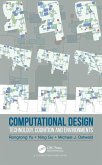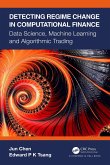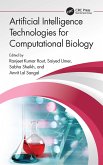With the rapid emergence and adoption of new computational design technologies in the field of design, it is important to understand how designerâ s respond to the new environments. This book systematically explores the impact of emerging computational design environments on design and designers.








